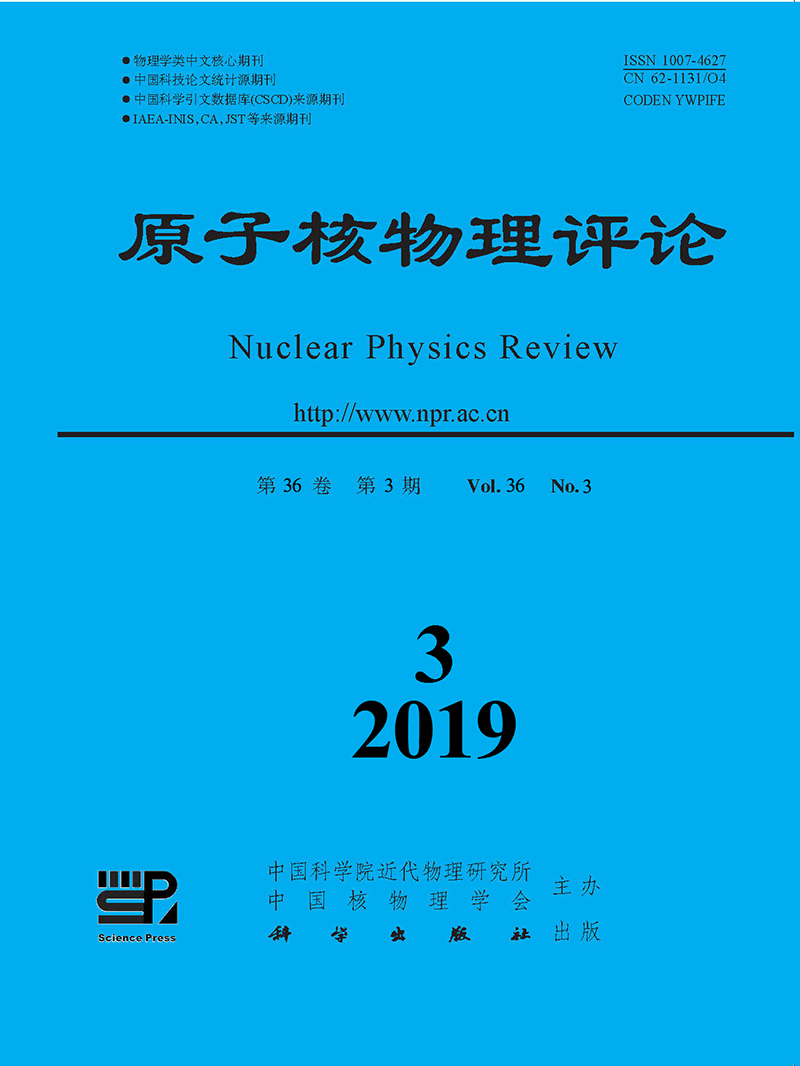|
[1]
|
BRAY F, FERLAY J, SOERJOMATARAM I, et al. CA:A Cancer Journal for Clinicians, 2018, 68:394. |
|
[2]
|
PISTERS K M, EVANS W K, AZZOLI C G, et al. Journal of Clinical Oncology, 2007, 25:5506. |
|
[3]
|
BUTTERWORTH K T, MCMAHON S J, CURRELL F J, et al. Nanoscale, 2012, 4:4830. |
|
[4]
|
COULTER J A, HYLAND W B, NICOL J, et al. Clinical Oncology, 2013, 25:593. |
|
[5]
|
JEREMIC B, AGUERRI A R, FILIPOVIC N. Clinical and Translational Oncology, 2013, 15(8):593. |
|
[6]
|
HEROLD D M, DAS I J, STOBBE C C, et al. International Journal of Radiation Biology, 2000, 76:1357. |
|
[7]
|
HAINFELD J F, SLATKIN D N, SMILOWWIT H M Z. Physics in Medicine and Biology, 2004, 49:N309. |
|
[8]
|
SCHUEMANN J, BERBECO R, CJITHRANI D B, et al. International Journal of Radiation Oncology Biology Physics, 2016, 94:189. |
|
[9]
|
SHRESTHA S, COOPER L N, ANDREEV O A, et al. Jacobs journal of radiation oncology, 2016, 3(1):026. |
|
[10]
|
LIU Y, ZHANG P C, LI F F, et al. Theranostics, 2018, 8(7):1824. |
|
[11]
|
LIU X, LIU Y, ZHANG P C, et al. International Journal of Nanomedicine, 2016, 11:3517. |
|
[12]
|
TAUPIN F, FLAENDER M, DELORME R, et al. Physics in Medicine and Biology, 2015, 60:4449. |
|
[13]
|
KOTB S, DETAPPE A, LUX F, et al. Theranostics, 2016, 6:418. |
|
[14]
|
LUX F, SANCEY L, BIANCHI A, et al. Nanomedicine, 2015, 10:1801. |
|
[15]
|
PORCEL E, TILLEMENT O, LUX F, et al. Nanomedicine:Nanotechnology, Biology, and Medicine, 2014, 10:1601. |
|
[16]
|
LUCHETTE M, KORIDECK H, MAKIGIORGOS M, et al. Nanomedicine:Nanotechnology, Biology and Medicine, 2014, 10:1751. |
|
[17]
|
Radiosensitization of Multiple Brain Metastases Using AGuIX Gadolinium Based Nanoparticles[EB/OL].[2018-09-15] https://www.clinicaltrials.gov/ct2/show/NCT02820454?-term=NCT02820454&rank=1. |
|
[18]
|
MA X H, GONG A, XIANG L C, et al. Journal of Material Chemistry B, 2013, 1:3419. |
|
[19]
|
YANAMALA N, KAGAN V E, SHVEDOVA A A. Adv Drug Deliver Rev, 2013, 65(15):2070. |
|
[20]
|
YANG S T, LIU Y, WANG Y W, et al. Small, 2013, 9(9-10):1635. |
|
[21]
|
MILADI I, ALOY M T, ARMANDY E, et al. NanomedicineUk, 2015, 11(1):247. |
|
[22]
|
ZHAO X, QI T, KONG C, et al. Int J Nanomedicine, 2018, 13:6413. |
|
[23]
|
NICOL J R, HARRISON E, O'NEILL S M, et al. Nanomedicine:Nanotechnology, Biology and Medicine, 2018, 14(2):439. |
|
[24]
|
YOUKHANA E Q, FELTIS B, BLENCOWE A, et al. International Journal of Medical Sciences, 2017, 14(6):602. |
|
[25]
|
DU F, LOU J, JIANG R, et al. Int J Nanomedicine 2017, 12:5973. |






 甘公网安备 62010202000723号
甘公网安备 62010202000723号 DownLoad:
DownLoad: